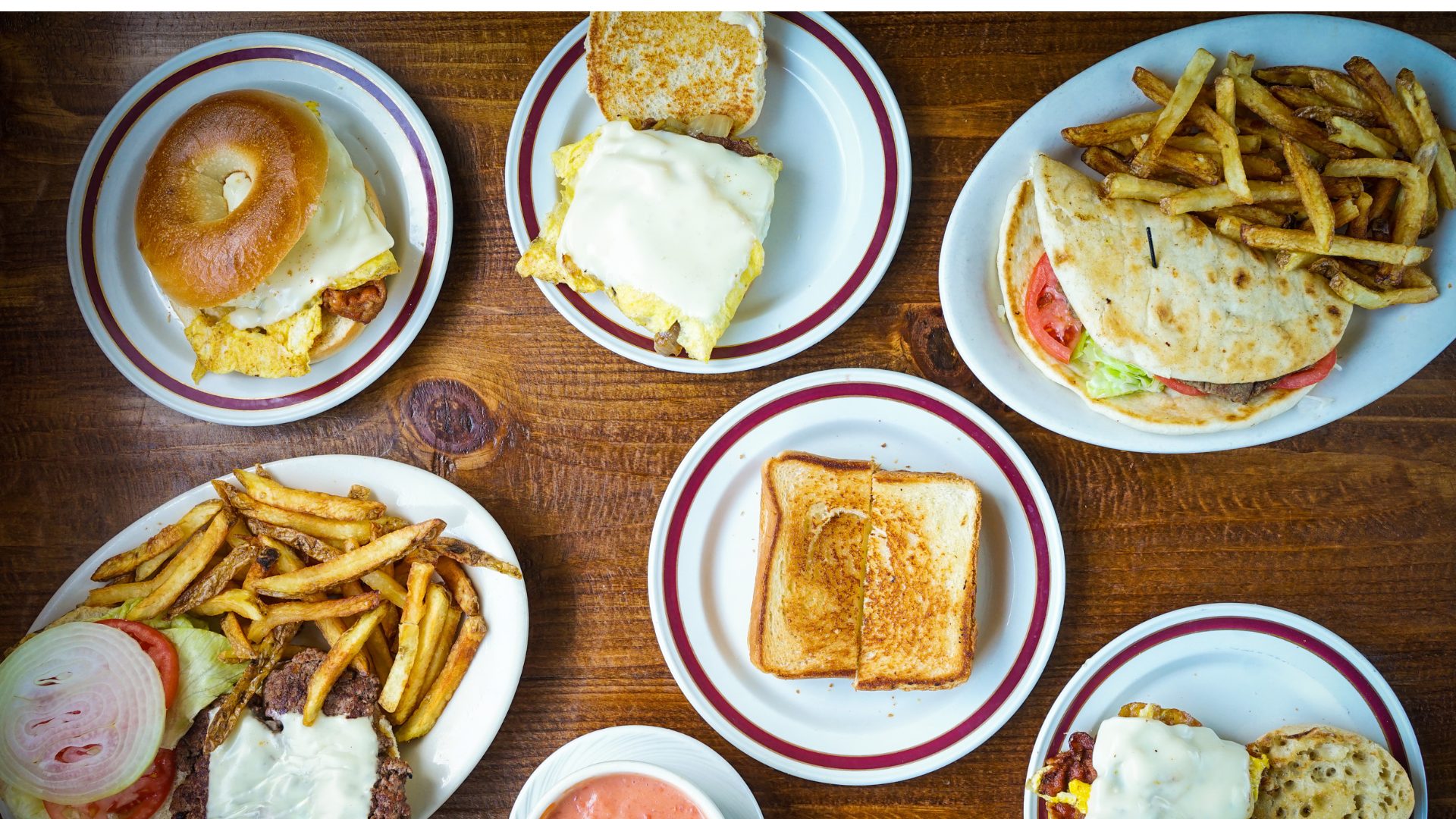It’s been a year of shifting priorities as inflation firmly holds its grip on the US economy.
For those in the food industry, it’s a battle over managing prices while facing limited supplies and labor. Consumers, however, have had to reprioritize how they spend money, as well as how they earn it.
Most American workers have changed their spending habits due to inflation, and that’s impacting how they view their work. A recent survey by Bluecrew showed that nearly 60% were seeking new or additional roles within the past year. Half of the respondents are looking at picking up seasonal jobs around the holidays.
Meanwhile, a recent study by Qualtrics found that about half of Americans are considering a second job due to high inflation. That survey of 1,000 adults found 38% had looked for a second job, with interest in gig work picking up, reported CBS News.
With so many individuals keeping a watchful eye on income and spending, what’s considered a value versus a luxury changes. Not only is going out to eat seen as more luxurious, consumers are looking to cut out any kind of unnecessary food spending unless they see more value in the product.
So, what is value, anyway? The answer can change across demographics, but if restaurants can avoid certain pitfalls while cultivating repeat business, they’ll manage their way out of this economic period relatively unscathed.
According to Revenue Management Solutions, Gen Z and Millennials represent a key consumer base for restaurants. Overall, younger consumers spent more on restaurants this year, increasingly utilize the drive-thru, and are driving most delivery orders. Data suggests that they are slightly more concerned with poor service and are less affected by higher prices, but not all consumers agree.
Many businesses have raised prices to offset supply chain costs, or have made alterations to their menus, but this can be risky for restaurants. “Shrinkflation,” or being served down-sized items for the same price, is one of the main reasons consumers overall are devaluing restaurants. Getting short-changed on portion sizes is enough to drive many customers over to competitors that keep menu items consistent, even if their prices go up.
QSR Magazine reports that over 75% of consumers said they notice when restaurants and retailers are using the tactic. To avoid ratcheting up prices or minimizing menus, some restaurant owners look to other areas to cut costs like finding alternative suppliers or prepping ingredients in-house. At Austin taqueria Granny’s Tacos, owner Rey Hernandez scours wholesale markets for deals, mixes his own seasoning, and has even spent hours carving Costco chuck roast during a shortage of carne asada, according to Eater Austin.
Another alternative to stark changes to menu items and pricing is for restaurants to adopt dynamic pricing models that can rely on data to make regular price adjustments that won’t be so daunting to consumers. Regional franchise Layne’s Chicken Fingers began managing more of prime costs, food, and labor together with a greater focus on productivity rather than percentage goals, according to QSR Magazine.
That allows the fried food chain to offset higher production costs by looking at other areas for potential savings while keeping the focus on customer satisfaction.
Carefully cutting down on operational expenses is one strategy, but there are also ways restaurants can build up perceived value that attracts the frugal customer. Many consumers derive value from convenience. Among fast food restaurants, leaning into the drive-thru service and online ordering has been a recipe for success with customers looking for quick and easy meals.
Offering enticing combination deals and a robust value menu are also effective ways at combating price hikes. Now more than ever, customers are keen on seeking out fast-food promotions that can save them money, as well as alternative menu items that are inexpensive yet nevertheless satisfying.
As the economy continues on its path, the food service industry remains in a precarious position, but not an unmanageable one. Restaurants that can strike that perfect balance between competitive pricing and customer satisfaction will be best positioned for when economic fortunes eventually improve.












